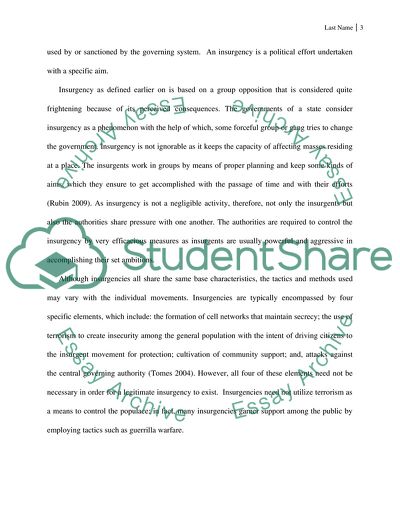Cite this document
(Comparison of Insurgency and Guerilla Warfare Term Paper, n.d.)
Comparison of Insurgency and Guerilla Warfare Term Paper. Retrieved from https://studentshare.org/military/1727273-ptr-100
Comparison of Insurgency and Guerilla Warfare Term Paper. Retrieved from https://studentshare.org/military/1727273-ptr-100
(Comparison of Insurgency and Guerilla Warfare Term Paper)
Comparison of Insurgency and Guerilla Warfare Term Paper. https://studentshare.org/military/1727273-ptr-100.
Comparison of Insurgency and Guerilla Warfare Term Paper. https://studentshare.org/military/1727273-ptr-100.
“Comparison of Insurgency and Guerilla Warfare Term Paper”. https://studentshare.org/military/1727273-ptr-100.


